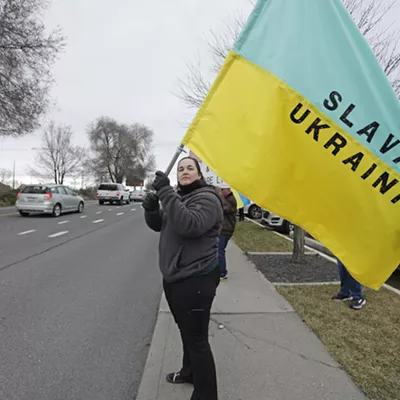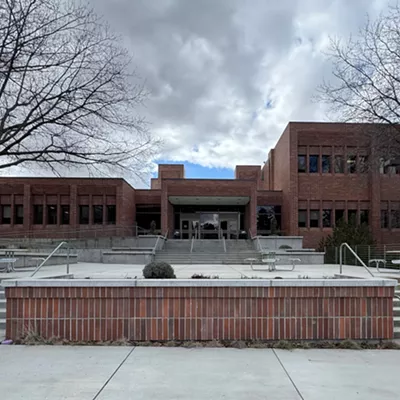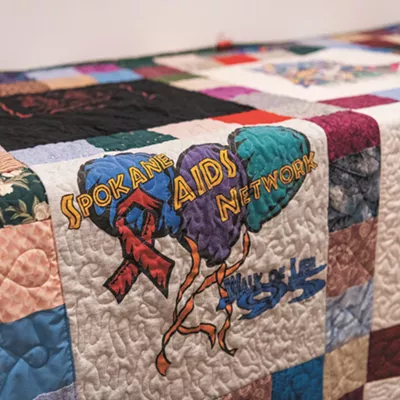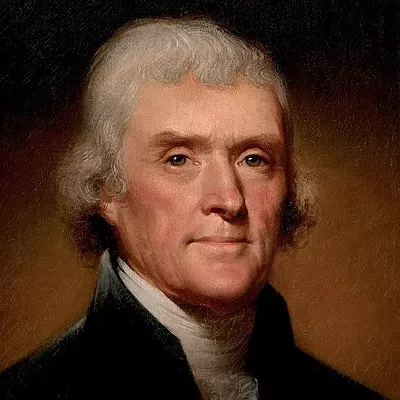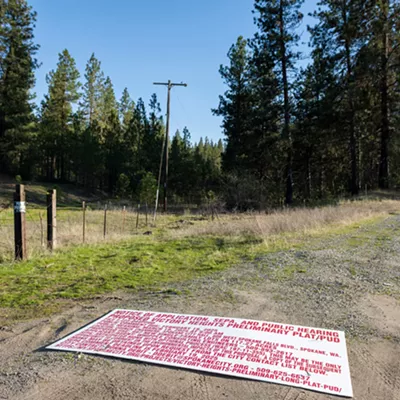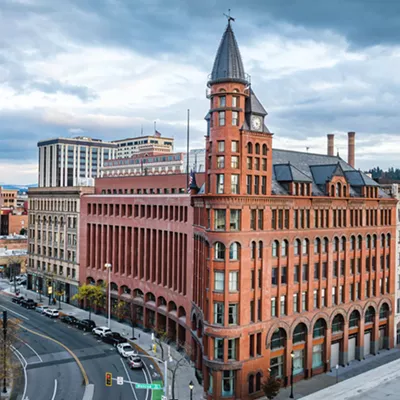
For centuries, humans have gathered together to protest the things they feel are unjust.
"As long as people have organized themselves into communities, protests have been a super integral piece of the puzzle for people to change their governments and to voice their displeasure," says Matt Rains, a Whitworth University political science professor. "If you dissent against your government for any reason, protesting is one of the mainstay strategies to make your voice and your disagreement heard."
Civil resistance in the U.S. has been commonplace throughout the country's history, starting with the founding father's protests against British rule. After decades of fighting, the women's suffrage movement secured women the right to vote in 1920, with ratification of the 19th Amendment. The Civil Rights Movement railed against racial segregation, and in 1964 Congress prohibited discrimination based on race, sex, religion and national origin.
In the past decade the Black Lives Matter movement — which became more visible and outspoken after the 2014 killing of unarmed 18-year-old Michael Brown by Ferguson, Missouri, police officer Darren Wilson — has fought against the institutional injustice Black people face at the hands of police. Those protests simmered for years and then were reinvigorated nationwide after George Floyd was murdered in May 2020 by Minneapolis police officer Derek Chauvin.
Today, civil resistance continues as folks across the country have taken to the streets (and sometimes to Tesla dealerships) to protest President Donald Trump's policies and overreach by billionaire Elon Musk.
"This is a moment in time in our country where we are in an intense struggle for our freedom, and in our democracy," says Dan Lambert, an organizer with the grassroots political movement Indivisible Spokane. "With everybody coming together like they are, I know we are going to be able to achieve the goal, which is to stop Donald Trump and Elon Musk from tearing our country apart."

Lambert has been protesting for almost half a century. He began his activism during the American Agriculture Movement in the late 1970s after seeing how rural farmers were impacted by legislation that favored large-scale production, rather than individual and family farms.
"The Farm Bills of 1973 and 1977 ultimately led to disaster when inflation rose significantly and interest rates shot up, forcing many farmers into bankruptcy because they couldn't afford the payments," he says. "This resulted in devastated towns and communities all across the country."
Lambert says his long background in activist work has informed him how to effectively organize movements for change.
Indivisible Spokane: indivisible.org (also find a Facebook group)
The Way to Justice: thewaytojustice.com
First, he says, protests are best when they take a multifaceted approach. For example, on Saturday, April 5, Indivisible hosted a "Hands Off" protest at Spokane's B.A. Clark Park, which borders North Division Street. While thousands of attendees brought signs to communicate their messages to passers-by, Lambert says it was also important to have other organizations table the event so folks could find other outlets for future action.
Rains, the political science professor, agrees. He also says that historically, protests that are the most successful have been inconvenient but nonviolent.
"If we look back at the Civil Rights Movement, for example, it's not just a matter of picketing on a street corner. It's things like sit-ins, and in the modern day you might see the shutting down of roads and highways," Rains explains. "These frustrating instances that the general public may see as sort of, 'Oh, well this is a step too far,' but it is the thing that is going to get your issue out into salience and is going to start applying that pressure to some extent."
Rains argues that every effort, even the smallest of them, is important in a protest movement.
"If your neighbor is showing up on a corner of Division Street with a sign, just waving to people that are driving by, it's not going to necessarily have the same pressure level weight as a massive protest of thousands of people in downtown Spokane, but it's still a very small chess piece in that broader game of a civil resistance movement," he says. "In my mind, a successful protest is really just somebody deciding that they want to see something changed, making a sign or not making a sign as the case may be, and just getting out there and protesting."
Regardless of how anyone decides to protest, Camerina Zorrozua says people need to consider their safety.
"People may be facing criminal consequences just by exercising their right to have free political speech," says Zorrozua, co-founder and legal director of Spokane-based nonprofit legal aid organization The Way to Justice. "It's a reality that you may be risking your freedoms, say if you're here on a student visa, you know, it forces people to weigh potential consequences with their rights."
With the risk of arrest, she says it's important to prepare for that situation by writing down an attorney's number or organizing a plan with a friend. She also recommends considering legal observers, a neutral volunteer who documents interactions between police and protesters, in protest planning.
"If we had enough notice, we could even coordinate to have more than one legal observer present," she says. ♦




